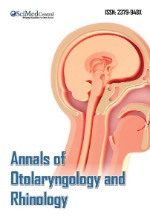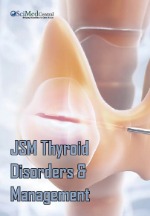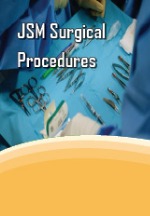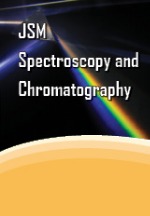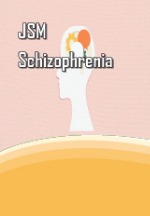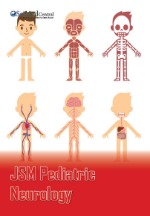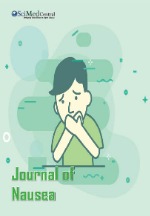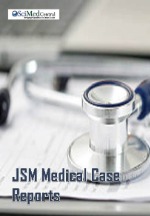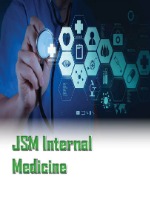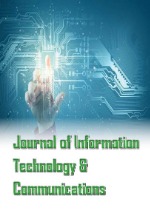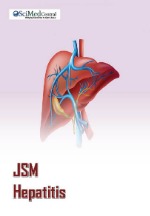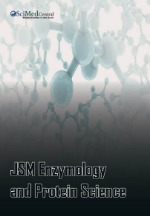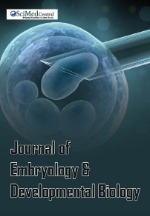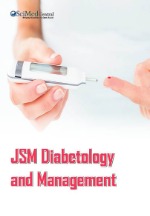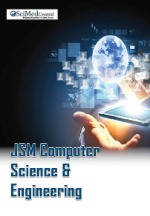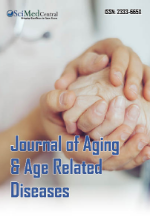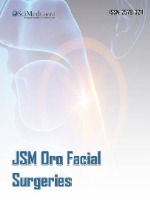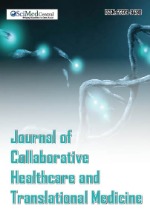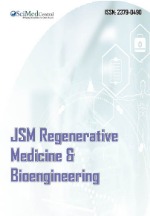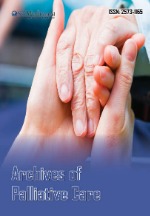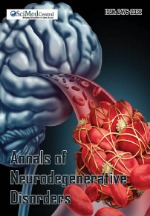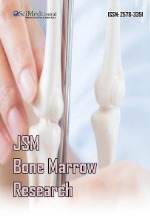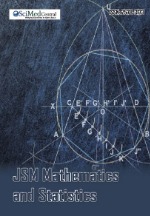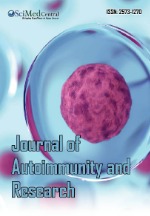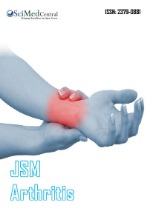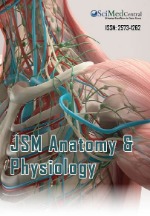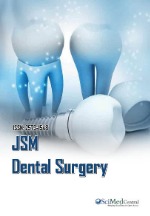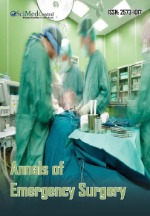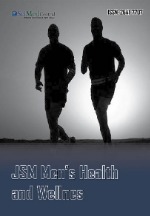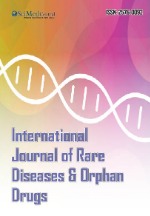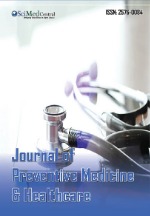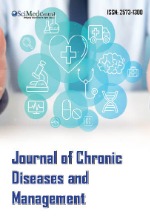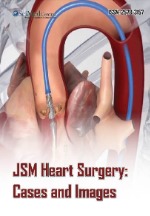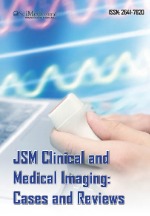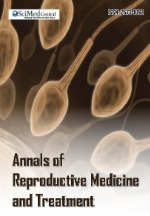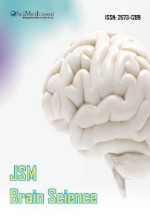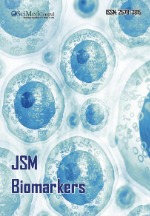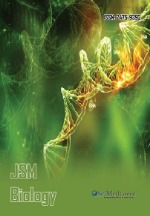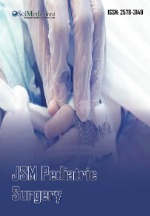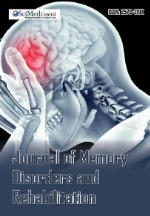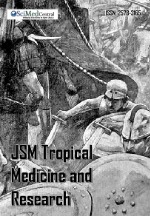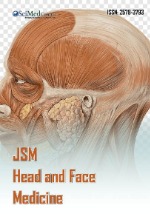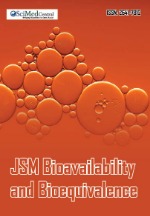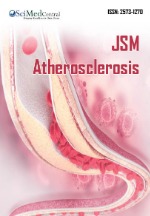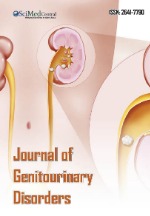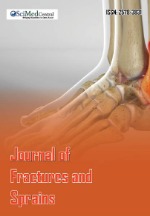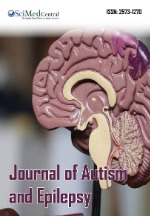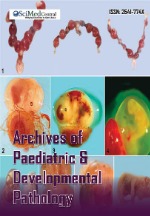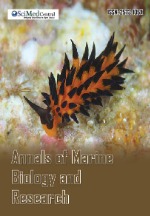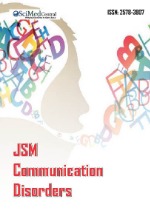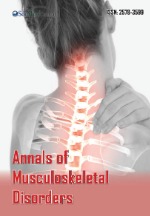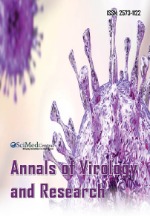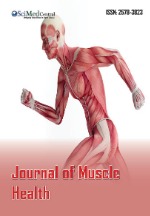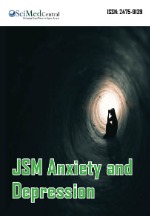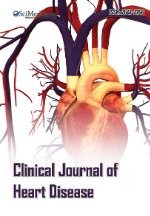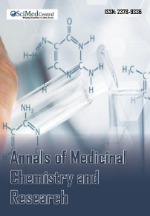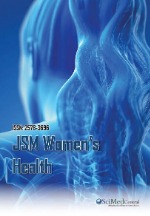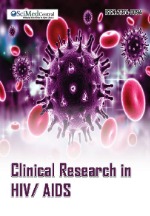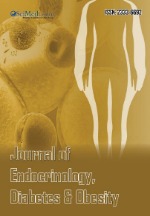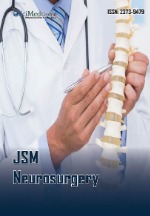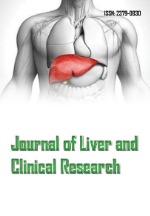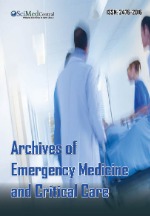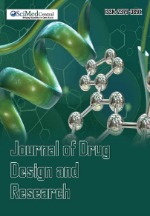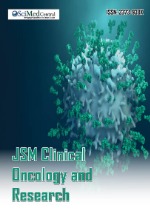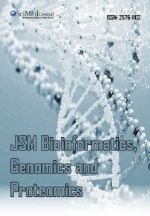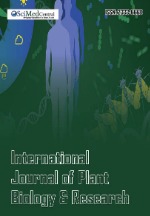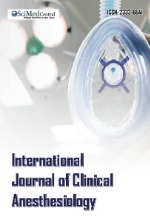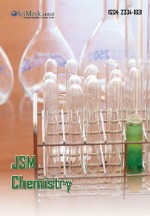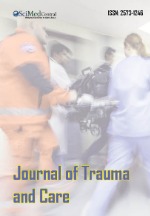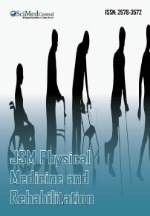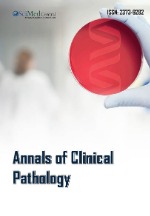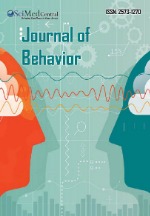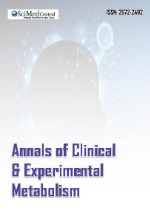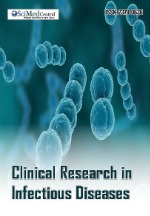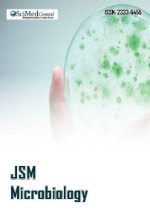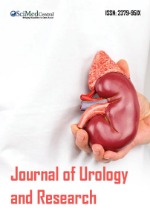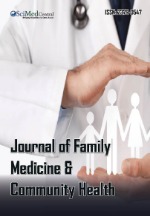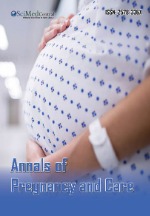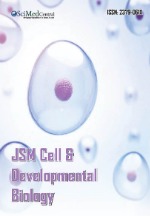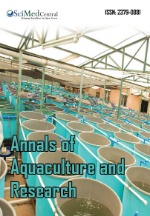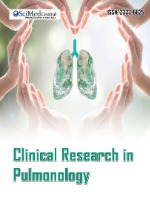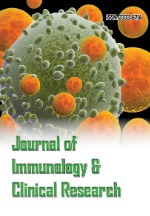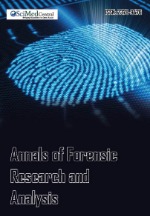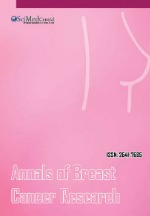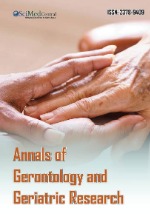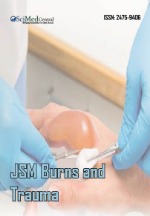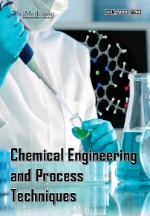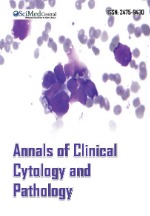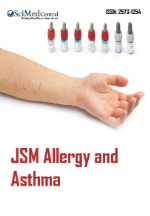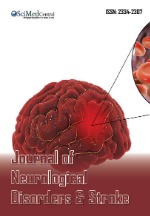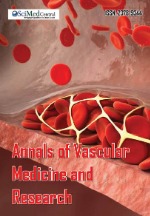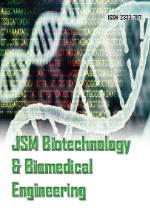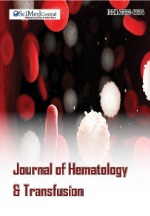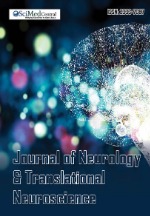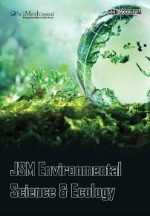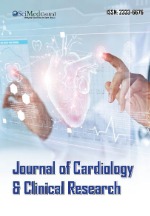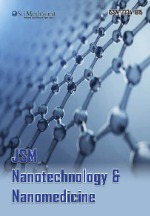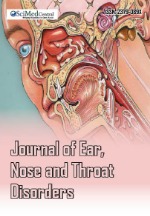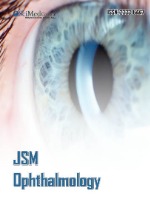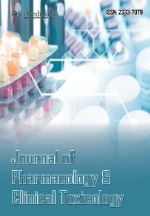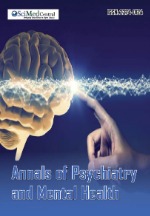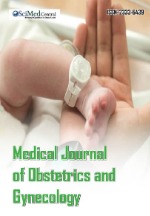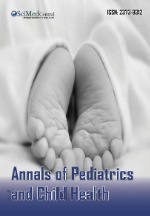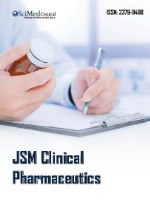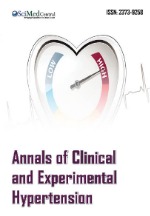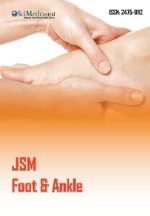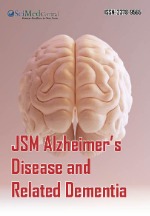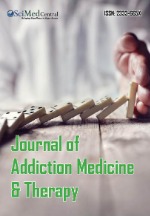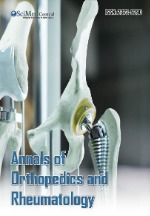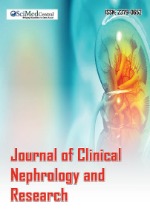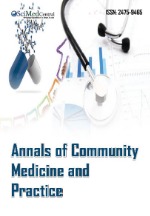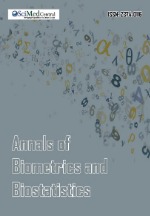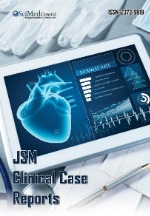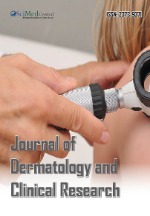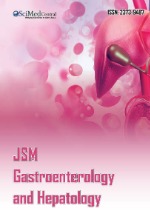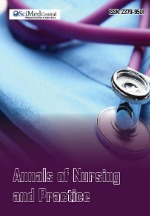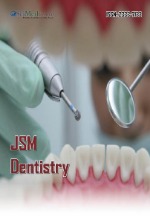Realistic Simulation in Pediatric Emergency: Evaluation of Strategy as a Teaching Tool for Medical Students
- 1. Department of Child and Adolescent Health, State University of Campinas (Unicamp), Brazil
- 2. Department of Pediatrics, State University of Campinas (Unicamp), Brazil
Abstract
Objectives: To evaluate the performance of the undergraduate medical students in simulation scenarios Pediatric emergency, and the student’s perceptions about this teaching strategy.
Methods: a cross-sectional, observational, analytical study was performed by collecting data through a questionnaire with closed questions, separated by steps and a checklist in each emergency scenario, to evaluate the perception and performance of the sixth year students of the medical course of the Faculty of Medical Sciences of the State University of Campinas, during the years 2014 and 2015. The data were processed with the SPSS 16.0 software. For the Likert scale-type questions, the Average Ranking was determined and for the Comparisons between groups was used the Mann-Whitney and Kruskal-Wallis, with a significance level of 5%.
Results: 102 students from the sixth medical year were evaluated, with a total of 32 simulated scenarios. In the comparison of the scenarios, the performance of the students was superior in the scenario of septic shock and inferior to the one of heart rhythm disorder. The vast majority of students agreed that realistic simulation was a positive experience and that this teaching strategy should be a mandatory part of the medical education curriculum, with a high average ranking (above 4).
Conclusions: Realistic simulation in pediatric emergency was considered by the students as an effective teaching strategy to consolidate knowledge and incorporate skills. Scenarios with specific themes of the age group presented worse performance and should have a priority focus.
Keywords
Simulation, Medical education, Emergency medicine, Pediatrics
Citation
Amorim PG, Morcillo AM, Fraga AMA, Brandão MB, Belluomini F, et al. (2018) Realistic Simulation in Pediatric Emergency: Evaluation of Strategy as a Teaching Tool for Medical Students Arch Emerg Med Crit Care 3(1): 1036.
ABBREVIATIONS
SR: Realistic Simulation; FCM UNICAMP: Medicine of the Faculty of Medical Sciences of the State University of Campinas; IAD: Performance Evaluation Tool; RM: Average Ranking
INTRODUCTION
In the last decades, medical education based on Realistic Simulation (SR) has been gaining importance and being widespread in medical schools in North America and Europe, and several studies published in recent years have proven its efficacy as a learning method [1,2].
In the undergraduate course in Medicine, it is known that the practice leads to a better clinical understanding and biological understanding of each situation experienced by the student [3,4]. The learning with the SR incorporates this practice, exposing the student to diverse events and situations of high exigency, with feedback. Several benefits can be listed: absence of risks to patients, reproducibility, integration of curricular contents, possibility to measure results, transfer of knowledge to clinical practice and experience with teamwork. In addition, the active participation of the student and the temporal memory of the events of the simulated scenario, which occur during the discussion session called debriefing, are points that facilitate learning. In order for the skills acquired during SR to be maintained and settled, periodic repetition of practical activities and the contents must take place within a certain time, such as the years of medical internship [5-10]. In the Pediatric Emergency, where there are situations of high severity and low opportunity, the introduction of these new teaching technologies, focused on practical experience in simulated scenarios, becomes a priority [11].Besides offering the possibility of the student to experience several clinical situations of care in the emergency room, the simulated activity offers no risk to the patient. In the future, when exposed to real situations, the professional will have more safety and skill in the conduct of each case, with improvement in the final result [1,2].
Simulated scenarios that address this situation profile have been fundamental both for the training of specialists in the field and for patient safety, since they provide the ability to identify acute aggravations with agility and decision making with speed and precision [12-14]. Fundamental procedures in the pediatric emergency sector, such as endotracheal intubation require a minimum number of repetitions to acquire the ability. In a study by Kerrey et al., With 114 children requiring access to the airway, it was observed that only 52% received endotracheal intubation on the first attempt [15]. Other skills can be incorporated into practice with simulated scenarios in pediatric emergency, such as cardiorespiratory arrest (bag-mask-valve ventilation, chest compression), trauma (puncture and drainage), venous access and intraosseous access [16].
The evaluation of the impact of this technique in undergraduate medical courses should be performed not only with the measurement of the incorporation of knowledge by the student and their performance in the simulated practice. As SR involves teamwork, technical skills and rapid decision making, it can cause distinct sensations in the student group. It is essential that this perception be recorded and analyzed by all with the students, exposing the comfort or eventual discomfort of each participant in the scenario. Thus, this study aims to evaluate SR strategy as teaching method in Pediatric Emergency, analyzing the students’ performance in simulated scenarios and the student’s perception of this strategy at the internship of the undergraduate course in Medicine of the Faculty of Medical Sciences of the State University of Campinas (FCM UNICAMP).
MATERIALS AND METHODS
A cross-sectional, observational, analytical study carried out with students from the sixth year of FCM UNICAMP’s undergraduate course in Medicine, duly enrolled in the discipline Integral Attention to Child and Adolescent Health II, during the years 2014 and 2015. The Discipline is 240 hours, with 8 hours a day and 30 working days of practical activities.
It is taught to groups of approximately 12-13 students, with the aim of providing the medical student with the development of knowledge, skills and attitudes related to the health care of the newborn, the child and the adolescent in emergency situations. The practical activities of the discipline are carried out in emergencies and emergency units in two public hospitals in the region. Students who were not properly enrolled in the course or who refused to participate in the application of the questionnaires were excluded.
The simulated practice took place in the University’s Pediatric Skills and Simulation Laboratory. The laboratory is composed of three rooms: emergency room; Contiguous room, with double-sided mirror, which allows visualization of activities, with voice commands, and image and video recording; and room for debriefing activity, with monitor for playback of the Images and twenty chairs. The mannequins used were S300.105 Code Blue® III 5-Year Advanced Life Support Training Simulator of the Gaumard® brand and the Laerdal® Pediatric ALS Trainer. The computer program used was SimMan Instructor Application Software.
Data collection was done through three questionnaires (Q1, Q2, Q3) with closed questions applied to the students and a performance evaluation tool (IAD) for each simulated scenario. Q1 consisted of questions about the prior knowledge of the student in pediatric emergency, acquired through extracurricular activities in the area and their prior participation in realistic simulation activities. The IAD was completed by the researcher and consisted of a checklist to evaluate the students’ abilities and performance for each theme covered in the four simulated scenarios (acute respiratory failure, cardiorespiratory arrest, septic shock, supraventricular tachycardia).
For each simulated scenario, the students were divided into groups of 4, each of which assumed a distinct role in the simulation activity, namely: leading physician, assistant physician, nurse, and nursing technician. As there were four activities in need of 16 people, some students participated in more than one activity, being considered for the score only the first one performed. Each clinical case was presented to the students by two teachers of the discipline, one of whom simulated in SimMan Instructor Application Software changes in the vital functions of the manikins, according to the procedures performed by the group of students, sending the data to a multi-parameter monitor connected to the program.
Each scenario had a maximum score of ten points divided by performance indicators of the expected abilities, being classified as yes / partial / no, depending on whether it was achieved integrally, partially or not, as expected for that activity. The scoring of scenarios varied according to the importance and / or relevance of each item.
Immediately after participating in the simulated scenarios, the students responded to Q2. The items of this questionnaire, formulated as affirmative, addressed points of the activity, such as level of realism, quality of content addressed and overall student satisfaction. The scale used for recording responses was the Likert scale [17], which stratifies each statement into five levels: it totally agrees, agrees, indifferently, disagrees, disagrees completely. The students’ opinion about the effectiveness of the simulation strategy in the incorporation of knowledge was also evaluated, comparing it with other forms of teaching. Each teaching method was classified, in a comparative way, in grades 1 to 10, with 1 being the least effective and 10 being the most effective [18,19]. Each student would answer the questionnaire only once, even if they had participated in another station at a later time.
After the debriefing, the students who participated in the simulated scenario completed the last questionnaire (Q3), where the contribution of the debriefing was evaluated in the incorporation of the knowledge of the contents covered, again using the Likert scale [17]. Data were processed with SPSS 16.0 software (SPSS Inc., Chicago, IL, USA). Absolute and relative frequency distributions were developed for the Q1 data. For IAD performance scores, where the scores ranged from 1 to 10, the mean, median, standard deviation, minimum value and maximum value. For the Likert scale type questions of Q2 and Q3, the average ranking was determined, as proposed by Oliveira [20]. One point was attributed to the less favorable response and 5 points to the more favorable response.
The Mann-Whitney test was used to compare the distributions between two groups and, in the case of three or more groups, the Kruskal-Wallis test. In the latter case, when there was statistical significance, the nonparametric multiple comparison test was used to identify the differences between the groups. The option for the Mann-Whitney and Kruskal-Wallis tests was due to the fact that the dependent variables did not present normal distribution. In all analyzes the significance level of 5% was adopted.
This work was approved by the Research Ethics Committee (CEP) of the Faculty of Medical Sciences (FCM) of UNICAMP (opinion 344.765).
RESULTS
We evaluated 102 students from the sixth medical year, with a total of 32 simulated scenarios. Regarding the characteristics of the classes, 60.8% of the students classified their knowledge in Pediatrics as regular, although they considered the teaching of Pediatrics offered in the fifth year of the Medicine course between good (56.9%) and very good (39.2%). Of the survey participants, 94.1% had no experience in pediatric emergency. Regarding the previous accomplishment of extracurricular activities in Pediatrics, 35.3% of the students reported participating, mainly in the form of shifts. The majority of the students (74.5%) had already participated in some type of simulated activity, 50% in realistic simulation in the Clinical Emergency.
When assessing students’ overall performance comparing pediatric emergency settings, it was observed that were higher when compared to the other scenarios, being statistically significant (p = 0.010) (Table 1).
|
Table 1: Distribution of mean, median, standard deviation (SD), maximum and minimum values of the students' scores in relation to the pediatric emergency scenarios. |
||||
|
Scenarios |
N |
Average |
DP |
Minimum |
|
Respiratory insufficiency |
8 |
7.3 |
1.4 |
4.5 |
|
Cardiopulmonary resuscitation |
8 |
8.0 |
1.4 |
5.8 |
|
Septic shock |
8 |
8.8 |
0.7 |
7.8 |
|
Supraventricular Tachycardia |
8 |
5.8 |
2.2 |
3.3 |
|
p= 0,010 (teste de Kruskal-Walllis) N: number of classes |
||||
In the students’ evaluation of the realistic simulation experience (level of realism, quality of content addressed and general student satisfaction), a high average (MR) ranking was obtained (above 4), except when asked if the simulation was A stressful experience, where MRI was 3.93 (Table 2).
Table 2: Percentage of answers and Average Ranking (RM) of questionnaire II related to the level of realism, teaching quality and general satisfaction of the realistic simulation strategy
| Strongly agree |
Agrees | Indifferent | Disagrees | Totally disagrees |
RM | |
| Level of realism | ||||||
| 1.The simulation was realistic enough to "mess with your comfort". | 45.1 |
42.2 |
9.8 | 2.9 | 0 | 4.29 |
| 2. Facilitators helped add realism to the picture. | 32.4 | 56.9 | 7.8 | 2.9 | 0 | 4.19 |
| 3. The devices in the simulation room, as well as the mannequin have come true to the scenario. |
29.4 | 59.8 | 2.9 | 6.9 | 1.0 | 4.10 |
| 4. The experience in the simulation lab was stressful. | 27.5 | 49.0 | 14.7 | 6.9 | 2.0 | 3.93 |
| Teaching quality | ||||||
| 5. The instructors were "enthusiastic" and experienced. | 62.7 | 35.3 | 1.0 | 1.0 | 0 | 4.60 |
| 6. Instructors provided safe and non-threatening learning to the environment |
65.7 | 28.4 | 2.9 | 2.0 | 1.0 | 4.56 |
| 7. The simulation was a positive experience. | 80.4 | 19.6 | 0 | 0 | 0 | 4.80 |
| Overall Satisfaction | ||||||
| 8. Simulation learning was useful for their training / profession. | 76.5 | 21.6 | 2.0 | 0 | 0 | 4.75 |
| 9.The simulation session should be a mandatory part of the medical curriculum. |
89.2 | 8.8 | 1.0 | 1.0 | 0 | 4.86 |
| 10. It was a positive experience to train a multiprofessional team in simulated emergency room activity |
76.5 | 20.6 | 2.9 | 0 | 0 | 4.74 |
In comparison with other forms of teaching, the realistic simulation strategy was the modality with the highest mean of evaluation when considered its effectiveness in the incorporation of medical knowledge. It was followed in descending order by skill lab and clinical visit / outpatient care. The ones that obtained lower mean were lectures and didactic book (Table 3).
Table 3: Distribution of the mean values, standard deviation (SD), minimum and maximum of the evaluation (concepts 1 to 10) of the students about the modalities and methodologies of medical education.
| N | Average | D.P. | Minimum | Maximum | |||||
| Clinical visit / outpatient care | 102 | 8.54 | 1.49 | 3 | 10 | ||||
| Clinical case discussion | 102 | 8.83 | 1.27 | 5 | 10 | ||||
| Lecture | 102 | 6.12 | 2.43 | 1 | 10 | ||||
| Textbook | 102 | 6.98 | 1.83 | 2 | 10 | ||||
| Seminars on prevalent topics | 102 | 7.30 | 1.86 | 1 | 10 | ||||
| Skills lab | 102 | 9.01 | 1.29 | 2 | 10 | ||||
| Handbook / Manuals / Guidelines | 102 | 7.91 | 1.48 | 3 | 10 | ||||
| Medical simulation room | 102 | 9.50 | 0.78 | 7 | 10 | ||||
| N: number of classes | |||||||||
When evaluating students’ opinions about the strategy of realistic simulation comparing those who had never participated in this type of activity with those who had already had this experience, a statistically significant difference was observed in relation to the level of realism and quality of teaching. Students who had never participated in realistic simulation found that the emergency room devices and manikin provided more reality to the scenario (p = 0.005) and considered the experience more stressful (p = 0.015). In addition, they reported that instructors were more “enthusiastic” and experienced (p = 0.017).
Separating students’ opinions by scenarios, a statistically significant difference was observed mainly in the questions related to the level of realism and general satisfaction. The scenario of cardiorespiratory arrest was highlighted where the students mentioned that the simulation was realistic to the point of “moving… With their comfort “when compared to the scenarios of respiratory failure and shock (p = 0.001). The students also considered that the emergency room and the dummy devices made this scenario more realistic (p = 0.010), as well as being more stressful compared to the acute respiratory failure scenario (p = 0.004).
They also reported that it was a positive experience to train a multiprofessional team in simulated emergency room activity when compared to other scenarios (p = 0.006).
In the Supraventricular Tachycardia scenario, the students stated that it was the most useful scenario for their training / profession when compared to the others (p = 0.022). The debriefing stage obtained an average ranking (RM) above 4 in all the questions. Students fully agreed that debriefing was a positive experience and helped to consolidate what had been incorporated during the simulated scenario (Table 4).
|
Table 4: Percentage of responses and average ranking (RM) of the questionnaire III related to the usefulness of the debriefing. |
||||||
|
|
Strongly |
Agrees |
Indifferent |
Disagrees |
Totally |
RM |
|
|
agree |
|
|
|
disagrees |
|
|
|
|
|
|
|
|
|
|
1. Debriefing was a |
86.3 |
11.8 |
1.0 |
1.0 |
0 |
4.80 |
|
positive experience. |
|
|
|
|
|
|
|
|
|
|
|
|
|
|
|
2. Debriefing helped |
81.4 |
18.6 |
0 |
0 |
0 |
4.80 |
|
consolidate what you had |
|
|
|
|
|
|
|
incorporated during the |
|
|
|
|
|
|
|
simulated scenario. |
|
|
|
|
|
|
|
|
|
|
|
|
|
|
|
3. Using video playback |
50.0 |
35.3 |
9.8 |
4.9 |
0 |
4.30 |
|
has helped improve your |
|
|
|
|
|
|
|
learning. |
|
|
|
|
|
|
|
|
|
|
|
|
|
|
In the comparison between the students who had already participated in some activity in realistic simulation and those without previous experience, there was no statistical difference in the evaluation of the usefulness of the debriefing to consolidate the learning, as well as in the comparison of the four scenarios.
DISCUSSION
This study evaluated the use of realistic simulation in Pediatric Emergency Education for students of the medical school undergraduate course. The students’ performance in four scenarios in the emergency room and the student perception about this teaching strategy were analyzed. Realistic simulation has proved to be a possible and effective alternative method for the incorporation of knowledge in pediatric emergency, given the difficulty of practical experiences acute complications in the pediatric stages of medical internship. In environments such as pediatric emergency, where continuous and repeated practice determines the quality of the inmate’s training, methods that use the discussion of a particular topic within active and experienced experiences help the incorporation of knowledge [21,22]. In the present study, this was demonstrated, since most of the students reported little or no experience in emergency room care, although they had already completed a long period of Pediatrics in the fifth year of the undergraduate course, including with shifts in a pediatric emergency unit.
Several papers show the realistic simulation used as teaching method in several clinical situations, with emphasis on cardiopulmonary resuscitation and airway management. The use of SR in other situations such as shock, multiple trauma, respiratory emergencies and cardiac rhythm disturbances is also the object of several articles, showing the potential use of the method in teaching infrequent events in the students’ hospital stages [8,16,19,22,23]. In the present study, of the four scenarios analyzed, it was observed that the students’ performance in the clinical case involving septic shock was higher in comparison to the notes verified in the other scenarios. An explanation for this finding is the greater experience of students in the practice and approach of sepsis in stages of Clinical Medicine, Surgery and Tocogynecology, with the same diagnostic and treatment guidelines [24].
When assessing the scenario of supraventricular tachycardia, an uncommon event outside the pediatric range, it was observed a worse performance and difficulty in the rapid definition of diagnosis and conduct. These differences demonstrate that there is a need for a priority approach in the specific clinical situations of the pediatric range if the decision involves few resources and short time for its application, a fact quite common in the medical internship stages [25-27].
The vast majority of students agreed that realistic simulation was a positive experience and that this teaching strategy should be an obligatory part of the medical education curriculum. In comparison with other traditional models of teaching in the boarding school, the SR was highlighted as a priority element to be implanted in the routine of the stages. Sperling et al., Analyzing the participation of students in simulation exercises, demonstrated better performance in knowledge test and greater comfort and perception of competence in the clinical approach, when compared to students submitted to traditional models of teaching, such as lectures and group discussions [28].
In another randomized study of fourth-year medical students during the emergency period, significant improvement in learning and higher student body satisfaction was also observed in comparison to the didactic strategy of clinical discussion [29]. Simulation-based teaching can also improve the knowledge, skills and comfort of students and practitioners in the care of critical patients. A prospective study of 219 health professionals who participated in simulation sessions demonstrated that most participants felt that there was a positive impact on general practice, increased confidence in attending a future critical event and maintenance of skills for up to one year after implementation the program [30].
Similar results were obtained by Schwartz & Prentis, using realistic simulation in pediatric emergency situations among residents, comparing with other teaching modalities. In the group of 43 residents evaluated, there was greater comfort and precision in the diagnosis of malaria and severe malnutrition in low-income countries, compared to lectures and practice in the field of practice [31].
For the students participating in this study, the debriefing technique was reported with a positive experience and helped to consolidate what they had incorporated during the simulated scenario.
Likewise, the discussion phase with video reproduction was considered an adequate tool to consolidate the expected skills and the concepts embedded in each scenario [32]. However, there was disagreement and indifference on the part of some students regarding this point of the session. In the literature, studies do not point to video reproduction as a consistent form of learning in the simulation [18]. Savoldelli et al pointed out in their work a non-significant difference in performance and learning improvement between groups with and without video reproduction [33]. The overall impression is that video playback causes discomfort in the group of students because of exposure to flaws in conduct and inability to perform.
CONCLUSION
From the above, it is concluded that the Realistic Simulation technique (with debriefing) within the pediatric emergency discipline of the medical school undergraduate course was considered by the medical board students an effective teaching strategy to consolidate knowledge and incorporate skills , Standing out in comparison with the traditional models.
In the debriefing session, video playback may not have relevance as an effective auxiliary method for consolidating the content of each topic addressed. The students’ performance in the emergency settings was good and demonstrated the need for a priority focus on specific subjects of the pediatric age group.


